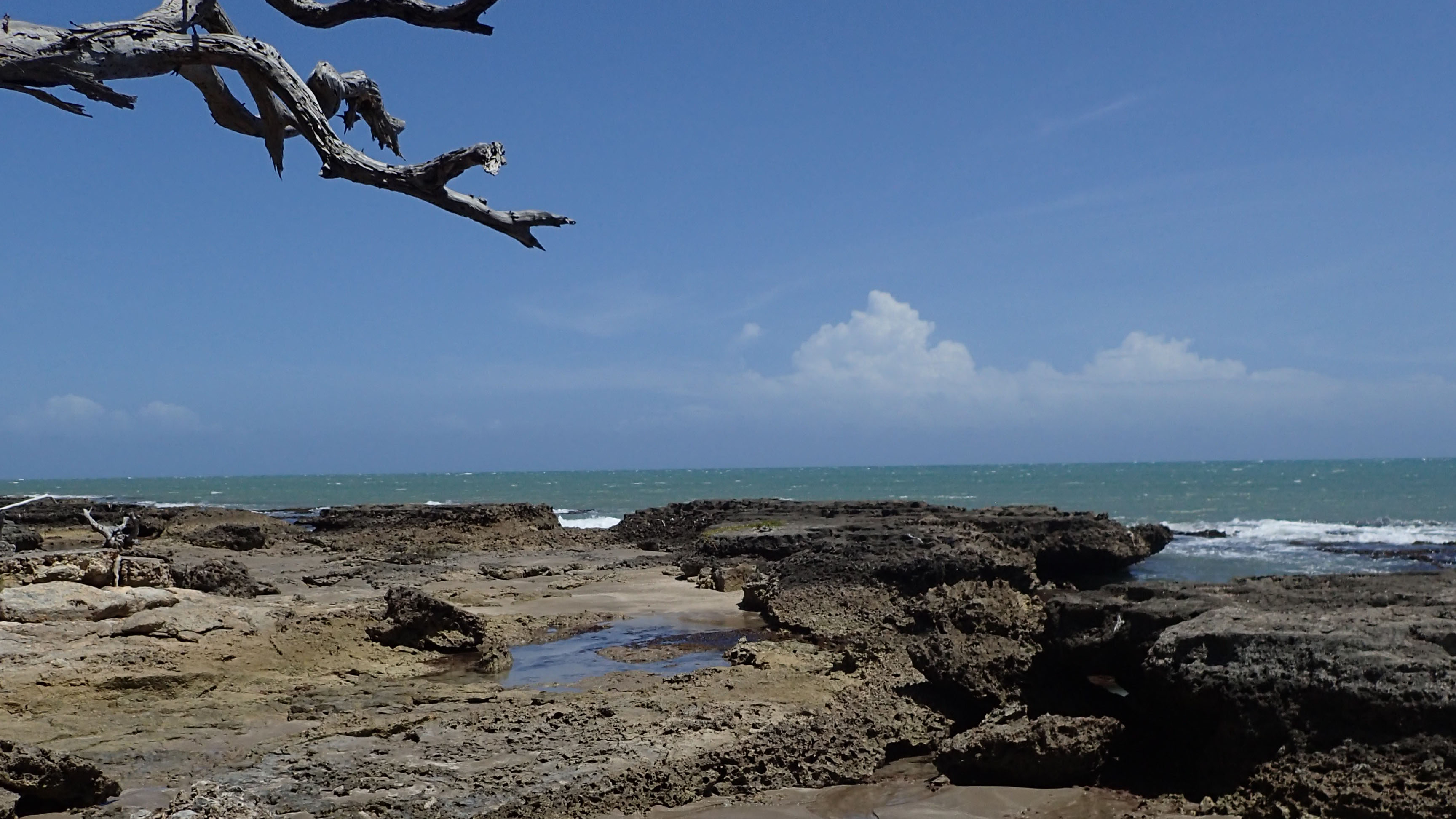In one of the most remote areas of the most remote continent lies the Patuxent mountain range within the Pensacola Mountains. If mountains could hide, they would be hidden from most of the world.
Scientists know little about how and when these mountains in Antarctica formed.
Dr. Kevin Evans, professor of geology at Missouri State University, is going to change that.
“We have a political climate right now which does not respect climate change, so it’s very important to go to places like Antarctica to see what we have now,” he said. “It’s likely going to change in our lifetime.”
He traveled to the region multiple times about 25 years ago to gather samples and collect data. But then his focus changed and the information remained unpublished.
During his 2016-17 academic year sabbatical, though, Evans revisited this work. He teamed up with his former collaborators, analyzed the data and finalized his reports.
The fossils found in the Patuxent range were somewhat rare, according to Evans.
“The trouble is that the rock layers above and below call into question the age assigned to the mountains,” said Evans. “They reveal that rocks in the mountain range aren’t accurately named.”
Another sort of climate
Evans, an MSU alum, has also been investigating the tectonic plates that shape the southwest shoreline of Jamaica.
One of the most unusual things he identified was a raised coral reef.
“There’s this wave-cut terrace that’s about a meter above sea level, so not much more than 3 feet,” he said.
It caught his attention since these formations aren’t typically above sea level.
Now he’s carbon dating the reef, which he estimates to be more than 500 but less than 5,000 years old.
As climate change continues to affect weather patterns, Evans wants to document the current shoreline so future scientists can study the changes.














